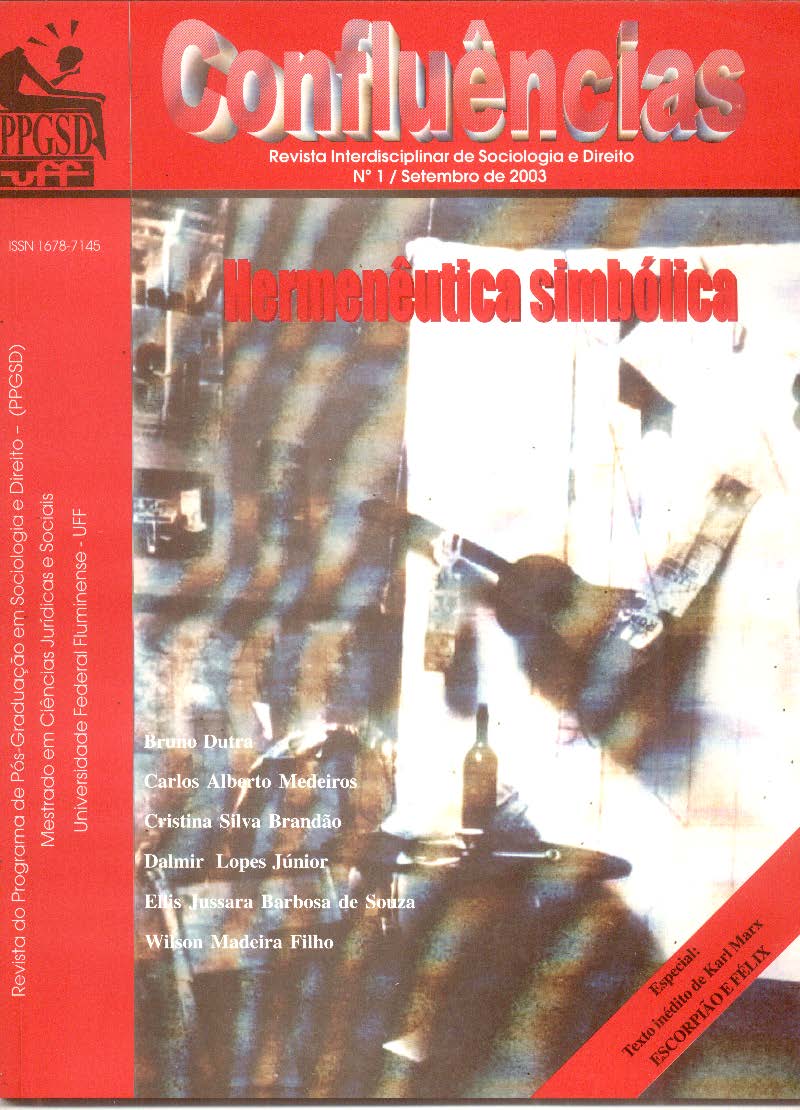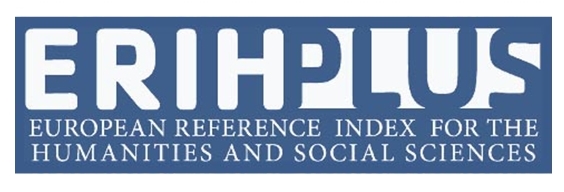O positivismo jurídico como processo de hermenêutica simbólica
DOI:
https://doi.org/10.22409/conflu1i1.p1Abstract
O trabalho foi estruturalmente composto para estabelecer comparações, a partir dos postulados positivistas – difundidos através de diversas ciências –, entre a linguagem e o direito. No que se refere a este, foi adotada, como referência, a obra maior de Hans Kelsen, a Teoria Pura do Direito. Com relação àquela, as idéias de Luis Alberto Warat, expostas no seu O Direito e sua Linguagem, foram fundamentais para a compreensão desta ciência dos signos. Estudando as três partes da semiótica (Sintaxe, Semântica e Pragmática), procuramos tanto quanto possível demonstrar a relação entre cada uma delas e o direito positivo. Especialmente no que se refere ao discurso jurídico, mais inserido na Pragmática, mostramos a importância e compatibilidade da Retórica com a metodologia positivista do normativismo kelseniano, onde a norma jurídica possui um relativo grau de indeterminação, funciona como um esquema de interpretação e serve, sobretudo para limitar o arbítrio do julgador.Downloads
Download data is not yet available.
Published
2003-09-12
How to Cite
Dutra, B. (2003). O positivismo jurídico como processo de hermenêutica simbólica. Confluências | Interdisciplinary Review of Sociology and Law, 1(1), 2-12. https://doi.org/10.22409/conflu1i1.p1
Issue
Section
Artigos
License
The authors hold the copyright, with first publication rights granted to the journal, being the work simultaneously licensed under the Creative Commons Attribution Licence, which allows the work to be shared with acknowledgement of authorship and first publication in this journal.
The authors have authorization to separately purchase additional contracts of non-exclusive distribution of the work's version published in this journal (e.g.:publication in institutional repositories or as a book chapter), with acknowledgment of authorship and first publication in this journal.
The authors have permission and are encouraged to publish and disseminate their work online (e.g.:in institutional repositories or on their personal page), at any point - either before or during the editorial process, since it may generate productive changes, as well as increase the impact and citation of the published work.







